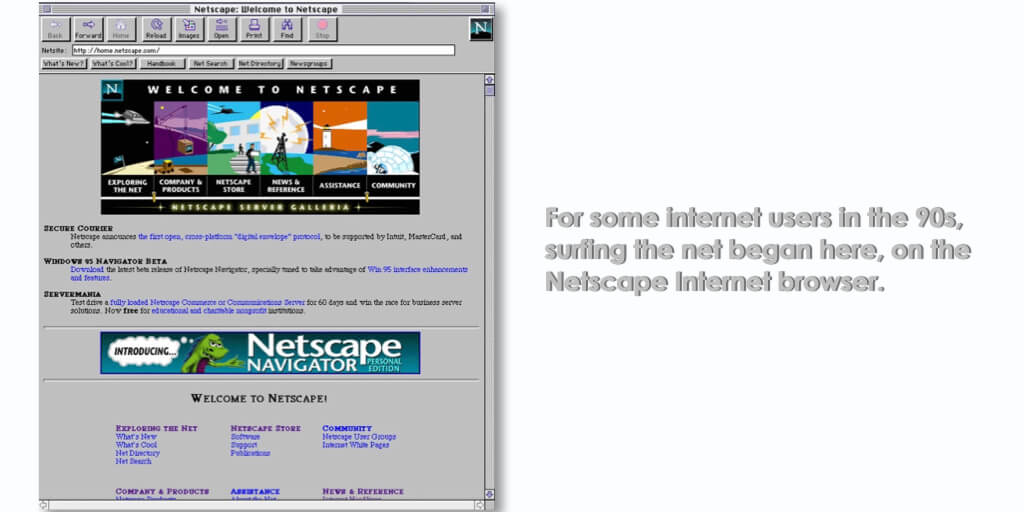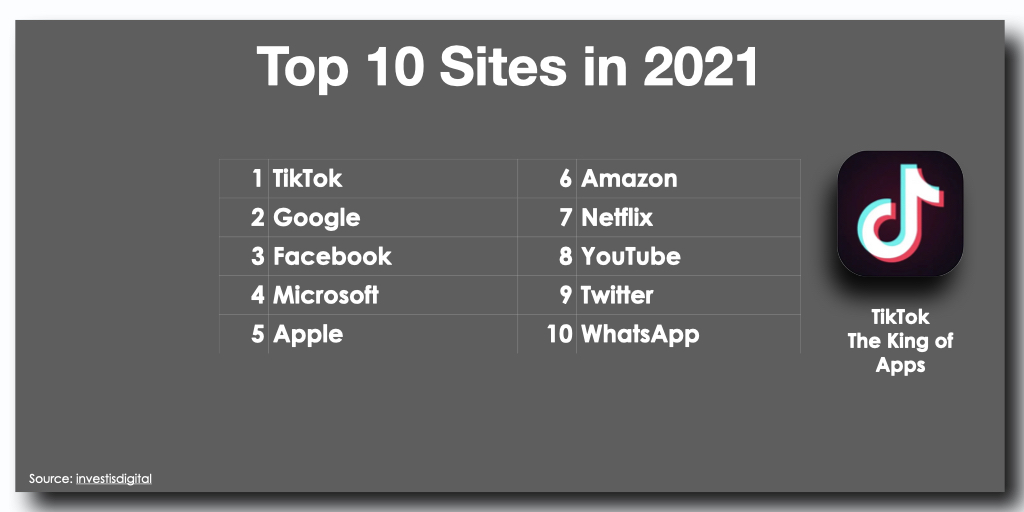Web 3, The Good News And Bad News
The Good, The Bad, And The Ugly Of Web3

Original published in The Seville Report Newsletter, March 2022 Edition.
Another day, another dollar, and another new thing to investigate, interrogate, dissect, put back together, and then monitor with suspicion. The new thing this time is Web 3.0 or Web3. The terms have been quickly making their way through Wall Street and Main Street. There are promises of riches, and a newer, better internet, from the people that have jumped on the Web 3 bandwagon early. There have also been warnings from people who see Web 3 as a hoax and marketing ploy.
While researching the metaverse, we’ve been able to gain insight into Web3. We’ve read the good, we’ve read the bad, we’ve read the promises of fortune, and the cautionary tales of financial disaster. Experience has shown that there are few things that are all good or all bad, and that the truth of the matter usually lies somewhere in the middle.
What is Web 3?
Web3 or Web 3.0 is a term used to describe the next iteration of the internet. The internet we are accessing now is Web 2.0, and it was a big change from Web 1.0.

During the early days of the internet, or Web 1.0, webpages were static. There were links to other pages, and very pixelated images, but little else. Web 1.0 is often referred to as the read-only internet, because it didn’t allow for much user interaction. With Web 2.0, websites became dynamic, the information on a website could change from minute-to-minute. Websites became more interactive, users could read something on a website and also write something on the site, like a review or an opinion. Websites were able to host more types of media, and display crisper images. Web 2.0 also allowed for social media and mobile apps. For anyone who lived through Web 1.0, the move to Web 2.0 was like the greatest thing since sliced bread.
Now, Web3 promises to be a more decentralized version of Web 2.0, but written on the blockchain. The parts of Web 2.0 that we utilize will move to the blockchain, things like social media and search. On the blockchain, users will be able to control and monetize their own data. At least that’s the promise.
New Tech, New Money
The good news for investors is that there is money to be made in the move to Web3, like there always is when new technology emerges. Coincidently, we’ve recently experienced this with blockchain technology. Over the last 10 years Bitcoin has exploded from under $20 per digital coin to over $60,000 a coin. An investment in Bitcoin was and still is an investment in blockchain technology, and that investment has paid off big for its early investors. In another example, Apple’s stock price is up ~3,920% since the first iPhone release. The introduction and adoption of the smartphone by the masses, rewarded Apple investors generously. Netflix started streaming content in late 2007, and its stock price has increased by more than 11,000% since that time, rewarding investors who took an early leap of faith on digital content creation and curation.
The good news for investors is, those prophesying about Web3 riches aren’t lunatics. It is likely that the move to Web3 will copy the move from Web 1.0 to Web 2.0 and bring great investment opportunities.
There Will Be No Utopia
One of the major talking points about Web3 is that it is going to be decentralized. There is a vision amongst Web3 disciples that the new version of the internet will transfer power from big tech firms and give it to the user. Unfortunately, this is where the bad news comes in.
The internet as we know it is decentralized. An early version of what would become the internet was created to decentralize U.S. communications during the Cold War. The internet being centralized has never been the problem, the issue has been that people like to centralize.
Statista reports that 71% of U.S. internet users visit Facebook regularly. Similar Web estimates that Instagram had 6.8 billion total visits in December 2021, ranking IG as the 4th most visited site globally. Amazon Web Services , Google Cloud, Meta, and Microsoft Azure control an ample mass of the data that occupies the websites we use day-to-day. Between the four companies, it’s estimated they hold 1,200 petabytes of data. To get an idea of how massive that is, one 4K movie takes up 100 gigabytes, 1 petabyte can hold 11,000 4K movies.
For Web3 enthusiasts, the hope is that by moving the internet to the blockchain, companies like Google, Facebook, Apple, and Amazon will lose the grip they’ve had on internet users on Web 2.0. The irony is that big tech companies are putting billions of dollars into Web 3.

In Fall of last year, Facebook CEO Mark Zuckerberg announced to the world that the company would change its name from Facebook to Meta to reflect its focus on the metaverse. The metaverse and Web 3 are closely related, if Web 3 is the highway, the metaverse is the car. In Meta’s Q4 2021 earnings, the company reported a $10 billion loss from its metaverse division. Andreessen Horowitz, the venture capitalist firm that made winning early stage bets on companies like Meta, Twitter, Coinbase, and Skype announced it would raise $3.5 billion to invest in crypto funds and an additional $1 billion to invest in Web3 seed investments. What Meta has invested, and what Andreessen Horowitz is getting ready to invest, indicates that the entities that won and are winning on Web 2.0 are investing to keep the winning streak going on Web 3.0. Mark Zuckerberg isn’t losing $10 billion a year so that he can give me or you control.
The Promise
From what we’ve gathered, the move to Web3 will provide amazing investment opportunities. The blockchain has been recognized as a very powerful technological invention, even by people that aren’t entirely sold on Bitcoin, it makes sense that it would be the place to house the next version of the internet. However, it likely won’t be the utopia some people hope.
Web 3 is a Battleground
Web 1.0 was dominated by Netscape, America Online, Yahoo, and Microsoft in the mid to late 90s. Web 2.0 has been monopolized by the FAANG companies, Facebook, Amazon, Apple, Netflix, and Google. Microsoft was able to correct course in the mid 2010s to enjoy some Web 2.0 success, but AOL and Yahoo have been unable to reclaim their glory days. Web3 is a battleground, and similar to real war, securing positions is paramount to success.
When I see the internet, I see it as a box, and in my head, Google controls roughly 60-70% of the box, Facebook has a big corner of the box as does Amazon, but it’s mainly Google’s box. Web3 at the moment is another box, but it’s fairly empty. Companies like Meta, Andreessen Horowitz, Nvidia, Block, Unity Software and others are investing big in hopes of securing a large piece of the Web3 box, because it has serious implications.


My belief is that successful Web3 investing will happen by investing in the people or companies that can centralize users on the new internet. This is contrary to what Web3 evangelist have preached to date, but the truth is, we the people want to control of our data, but we don’t want to be alone physically or virtually.

